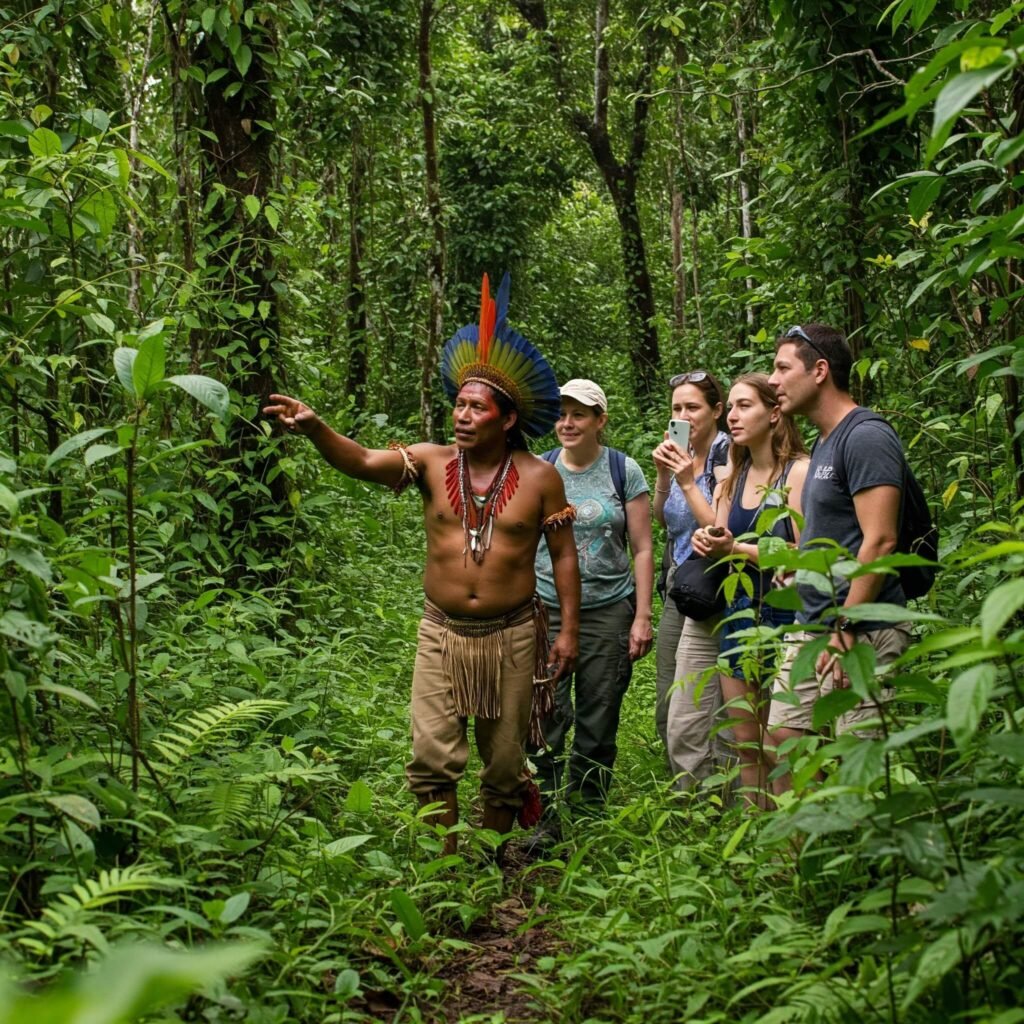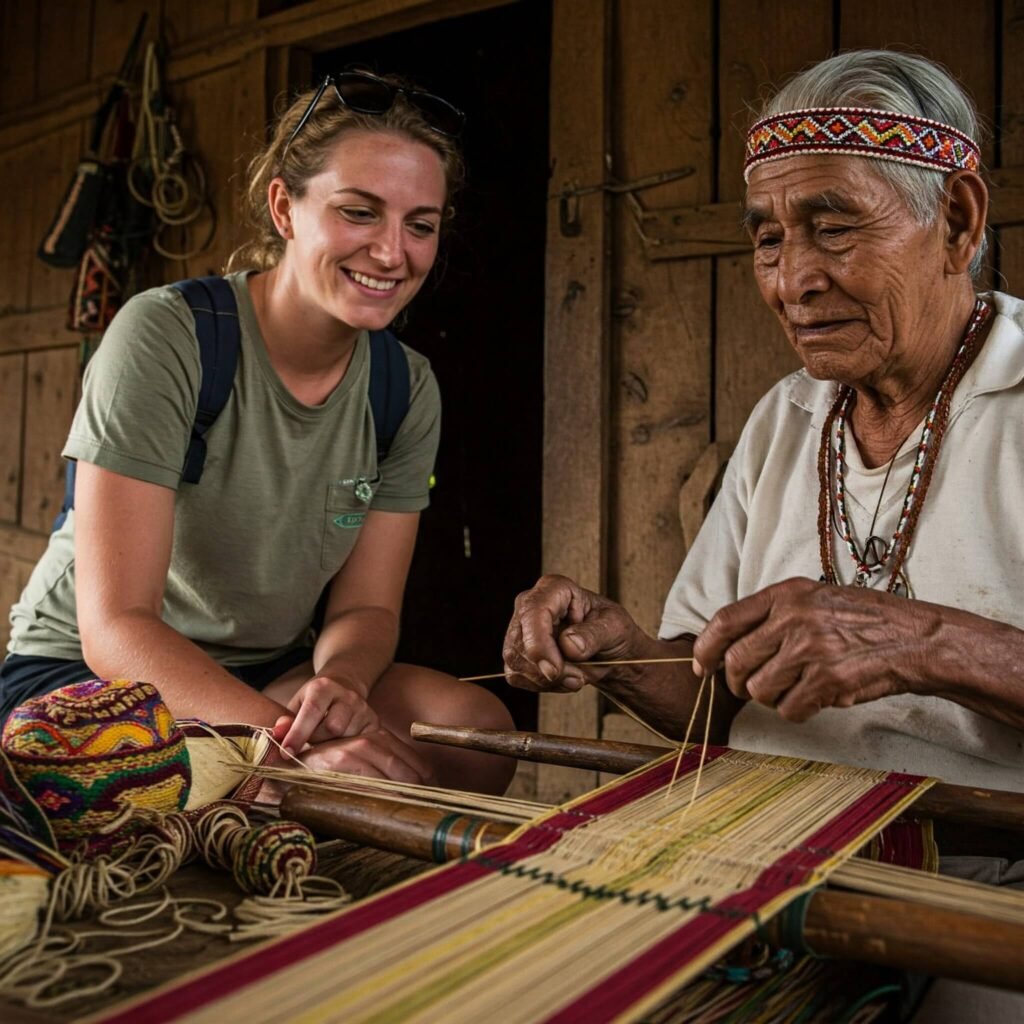Are you yearning for travel beyond typical tourist spots? Do you want your adventures to enrich your soul and positively impact visited places? Therefore, prepare to be captivated by indigenous-led eco-tourism. This growing sector offers a unique chance to immerse yourself in authentic cultures. Furthermore, witness breathtaking natural landscapes. Most importantly, directly support the conservation efforts of the people who have cared for these lands for generations.
Understanding Indigenous-Led Eco-Tourism
Indigenous-led eco-tourism represents a unique approach to sustainable travel. Specifically, it places indigenous communities at the forefront of managing and benefiting from tourism on their ancestral lands. It’s a model that moves beyond mere sightseeing. Instead, it emphasizes respectful engagement with local culture and learning about traditional ecological knowledge. Consequently, travelers contribute to the economic empowerment of indigenous peoples. These initiatives prioritize environmental conservation. Additionally, they focus on cultural preservation and community well-being.
The Benefits of Choosing Indigenous-Led Eco-Tourism
Opting for this type of travel offers numerous advantages for both travelers and host communities.
- Authentic Cultural Immersion: Experience traditions and languages firsthand, gaining a deeper understanding of diverse worldviews.
- Sustainable Practices: Engage in tourism that protects the environment and minimizes negative impacts on fragile ecosystems.
- Direct Community Benefits: Your travel money directly supports indigenous economies, including education, healthcare, and cultural preservation.
- Unique and Enriching Experiences: Discover hidden gems and unique activities, from traditional crafts to guided nature walks with unparalleled ecological insights.
- Respectful and Ethical Travel: Contribute to tourism that values indigenous rights and knowledge.
Examples of Authentic Indigenous Eco-Tourism
Across the globe, inspiring examples of indigenous-led eco-tourism initiatives are flourishing. For instance, consider these possibilities:
- The Amazon Rainforest, Ecuador: Several indigenous communities offer immersive experiences, allowing visitors to learn about medicinal plants, traditional hunting, and the rainforest’s crucial cultural role.

- Kakadu National Park, Australia: Aboriginal-owned tours provide insights into ancient rock art, Dreamtime stories, and the deep connection between the Bininj/Mungguy people and their land. (Outbound Reference Link to Kakadu National Park official website)
- The Great Bear Rainforest, Canada: Indigenous-owned eco-lodges offer chances to see the spirit bear and learn about the rich biodiversity and First Nations’ cultural heritage. (Outbound Reference Link to a reputable eco-tourism operator in the Great Bear Rainforest)
- Sapa, Vietnam: Trekking with local Hmong guides offers a unique perspective on their vibrant culture, traditional farming, and stunning mountain landscapes.

Planning Your Eco-Conscious Trip
Embarking on an indigenous-led eco-tourism journey requires careful planning.
- Research and Choose Respectfully: Look for tours genuinely owned by indigenous communities. Seek certifications from reputable indigenous tourism organizations.
- Respect Cultural Protocols: Be mindful of local customs and privacy. Ask before taking photos. Dress modestly when appropriate.
- Support Local Economies: Buy local crafts directly from community members.
- Be a Responsible Traveler: Minimize your environmental impact. Avoid single-use plastics. Respect the natural environment.
- Engage and Learn: Be open to learning about your hosts’ history and culture. Ask questions and listen carefully.
The Future of Travel: Empowering Indigenous Communities
Indigenous-led eco-tourism represents a powerful model for the future of sustainable travel. By prioritizing indigenous knowledge, it protects ecosystems. Moreover, it celebrates diverse cultures. Choosing this travel invests in a more equitable world and supports a sustainable future, one authentic experience at a time.




































